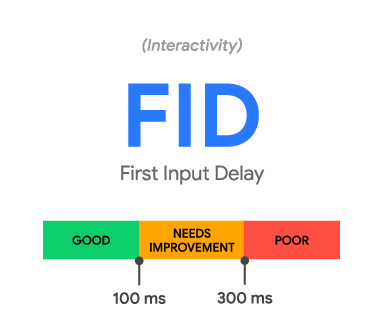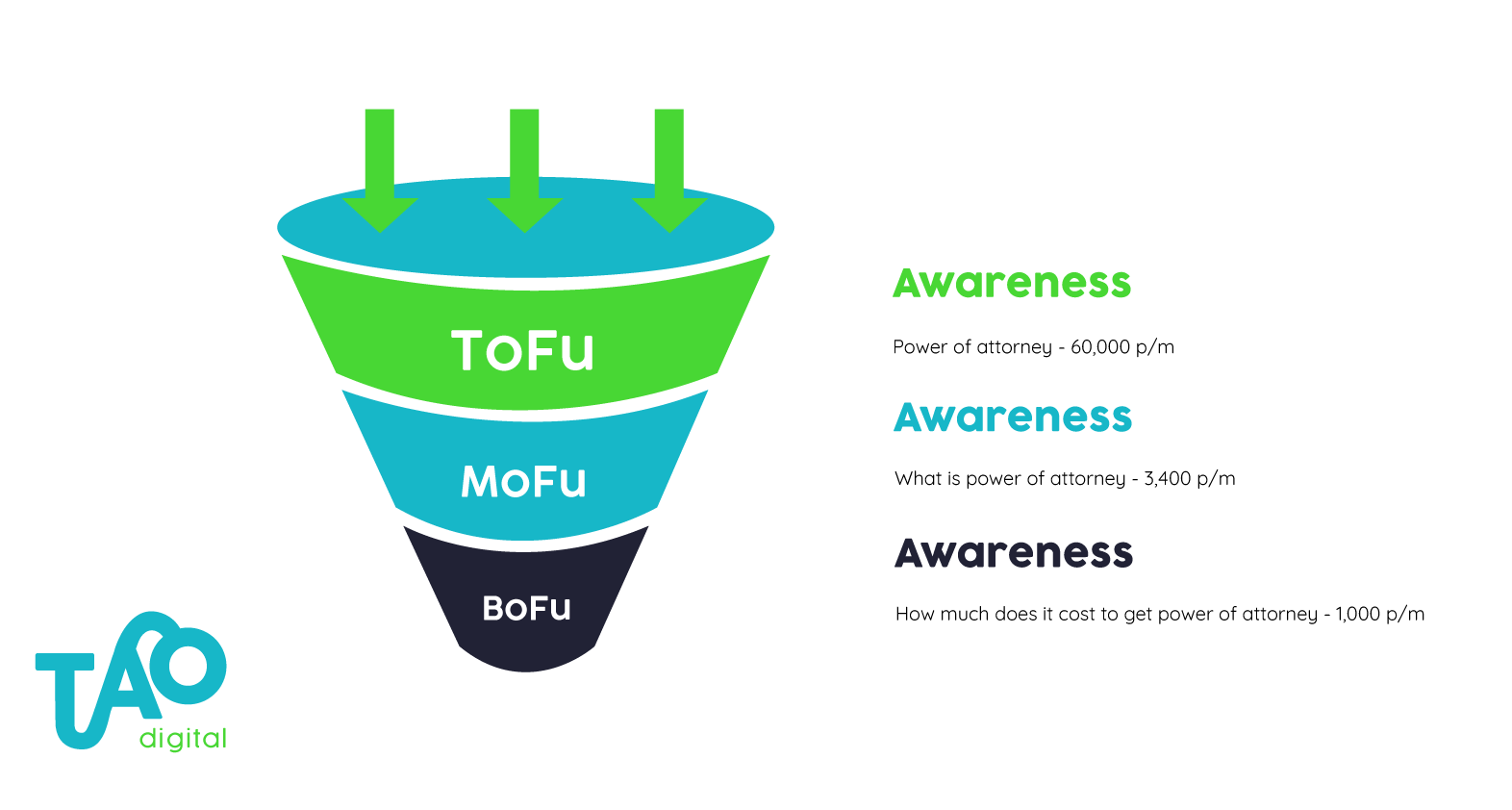19/11/2021
Matt Tomkin
Law Firm SEO – The fundamentals to better search rankings

The legal sector is one of the longest standing and seen as one of the most professional sectors in the UK. A number of law firms are really lucky in that their client base is relatively secure and has been for some time.
They get recommendations from other professional service providers for the services they offer and have spent numerous years building those networks to create a solid foundation for the firm to keep going.
Recently, with Covid-19 being a large driver in this, we have seen a number of law firms now looking at what other channels are available to drive revenue and visibility for their brands.
We work with a number of law firms on their SEO presence and continue to see great results from organic search visitors.
But, how does a Law Firm do SEO?
What do they need to implement internally within their business to gain from SEO as well as the component parts that have to be implemented correctly to gain the up-tick in visitors from Google, Bing, Duckduckgo or any of the other search engines?
3 core parts to SEO
There are 3 core parts to SEO, these are:
Technical SEO, Content and off-site signals.
Technical SEO for legal sites
Technical SEO is all about making sure your website is built in a way in which the search engine spiders can access the information and understand all the information in the most efficient way possible.
Top level technical considerations are things such as:
Then there is Core Web Vitals to consider, but this does incorporate a number of scores that we’ll discuss in further detail.
Page load speed - why is it important and how do you fix it?
In a nutshell, page speed is how fast a web page is loaded when a user visits it.
No-one likes a slow website! It’s as simple as that. Google, and the other search engines, therefore see this as a ranking factor (how they decide where your website/page sits in the search engine results) and a slower website is seen as bad for the user.
The ideal time for a website to load on mobile is between 1-2 seconds. Yes, this is fast, but studies show that 53% of mobile site visits are abandoned if pages take longer than 3 seconds to load. Here is the study for further information: Think with Google.
However, with the addition of Core Web Vitals, there is now more complexity in the recommendation to “just make it load faster”. Core Web Vitals have been introduced to help website owners understand how to improve overall website experience, rather than outright speed.
For example, the content layout shift measurement is now targeting those annoying moments when you go to click something, but the page shifts as you do it and you end up on a random page; i.e. one that you didn’t want to go to.
Mobile usability: we all know why this is important, don’t we?
Everyone now uses their mobile to browse the internet! If your website doesn’t show properly on a mobile device and users are unable to read, click or even use the site at all, then this is going to affect how you rank on Google and on other search engines.
In Q1 2021, internet users on mobile devices accounted for 54% of all traffic, and this is not slowing down. People are moving away from their laptops and just using mobile devices for all things internet. Make sure they can access your site properly.
Test your website now to see if it works on all the latest devices, use Blisk to check.
Google now, and has been doing so for a few years, ranks websites using a “mobile first” ranking method. This means that if your site doesn’t work very well on mobile, it is very unlikely that the site will perform well on desktop Google searches either.
Check nothing is blocking Google or the search engine spiders
Website owners and developers can use a very tiny piece of code on the back end of a website to ask Google, amongst others, to not index an entire website, or just certain pages. This is great when you want to make sure some pages don’t show up in search for whatever reason, but we have seen examples of developers forgetting to change this to allow indexing of an entire website.
Sometimes, this happens when a new site has been built and the site is set to ‘no-index’, making sure there isn’t a duplicate. The only problem is, it gets forgotten about when the site goes live.
Believe me, this happens. We’ve seen websites disappear from Google within days due to a tiny error like this. Normally, it’s easy to sort and relatively quick to get the rankings back, but it can have permanent damage if not found quickly.
This is just one of many things that can affect how search engines get blocked or have issues with finding and indexing your website pages.
Core Web Vitals: what are they and why should you care?
Core Web Vitals is the name given by Google to a number of measurements that affect user experience and they believe every website owner should be measuring.
They will be used to help determine where a website ranks across all of Google’s tools. As of yet, we’re not sure how much of an impact this has on search results, but you can be sure they will be having some; especially in competitive sectors such as law.
They are measurements from real world data, so it is extremely important to keep a close eye on these scores within your Google Search Console portal.
Page experience is so important and should form part of your overall plan for how to attract new visitors and keep them on the site. However, if you need a push to do this, then Core Web Vitals is for you.
What are the Core Web Vital measurements?
They are split into 3 aspects that affect user experience: loading, interactivity and visual stability.
Google terms these aspects as Largest Contentful Paint (LCP), First Input Delay (FID) and Cumulative Layout Shift (CLS).



It has never been more important to measure how your website loads for your end users and to make sure that there is a budget in place to improve the way your site is built. This is why we moved into website development, to help our SEO clients’ sites load better and hit the scores where needed.
If you need any help understanding your website's speed metrics or technical issues, get in touch.
Search content for legal sites
So, you have likely heard the saying “Content is King” - this phrase does have some truth to it. The real saying however, should go “The Right Content is King” when it comes to SEO and gaining website visitors from search engines.
What we mean by this is that you can write as much content as you want but, if your goal is to get more visitors to your website via organic search, then you need to make sure it matches what Google knows the user is looking for. We call this the ‘intent of the searcher’.
Blog content that doesn’t target search is very important, but only once you have customers on your website. We’re talking about SEO in this article, so we will be concentrating on what we term ‘search content’ or ‘SEO content’.
Writing for search engines and users is an art
When you are looking for more traffic from Google or other search engines, you have to think about what they understand the intent of a search to be. We call this the search intent.
Search intent is basically what a user wants to find when they type something into the search box.
There are 3 different types of search intent as we define them.
A great example of an informational search would be “How long does probate take?” which is searched for an average of 6,800 times per month in the UK (and this is actually an underestimation of the actual volume!).
The person searching this is higher up in the sales funnel and we want to answer this question for them along with other relevant information surrounding the topic in the best way possible. Once we have answered all the questions this searcher has, they will likely move through the buyer funnel to the point where they will then use a more transactional search, such as “probate solicitors” which is a 1100 per month search volume; again, an underestimation.
Creating search content for each stage of the buyer journey

It is so important to create content for each stage of the buying process.
Links for legal sites
Google was the first search engine to use links to help decide where to rank a website in its search results. They worked on the basis that some links are more trustworthy than others. As an example, the BBC would be very trustworthy as they have very high editorial standards and are one of the most trusted websites and organisations in the world.
However, a website that is not trustworthy and has lower editorial standards will be discounted as a link in the eyes of Google. They need to be good, relevant and trusted links.
It is therefore important that you build inbound links to your website that are from trustworthy sources. Let’s be honest, you’re not likely to get a link from the BBC every day of the week, so we use a tool that estimates the potential domain rating of a website.
This score is out of 100 and can help build a picture of how valuable a link might be if you were to gain one to your website.
The Law Society website https://www.lawsociety.org.uk/en, as an example, has a domain rating of 84/100, meaning that having a link from this site would be great for any law firm.
The content of the page linking to you is important too. Let’s say a major newspaper uses you as a source for an article about probate law; this would be seen in the eyes of Google and the other search engines as a trusted and reliable source and would be a great link.
On the flip side of this, an article about changing the tyre on a car that contains a link back to a law firm's website would not be a relevant or trusted source.